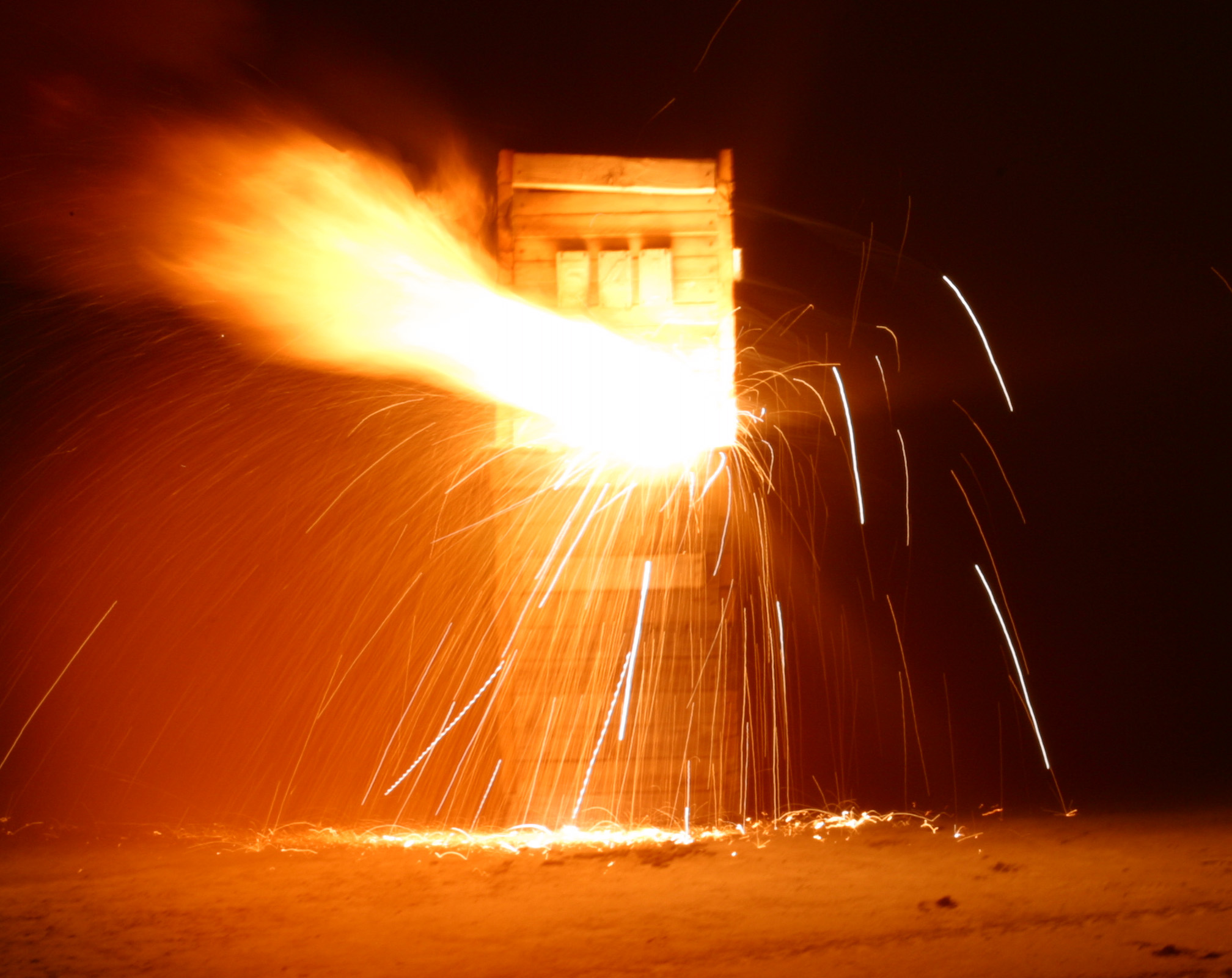user434058
user434058
user434058
user434058
user434058
user434058
user434058
user434058
user434058
user434058
user434058
user434058
user434058
user434058
user434058
user434058
user434058
user434058
user434058
user434058
user434058
user434058
user434058
user434058


